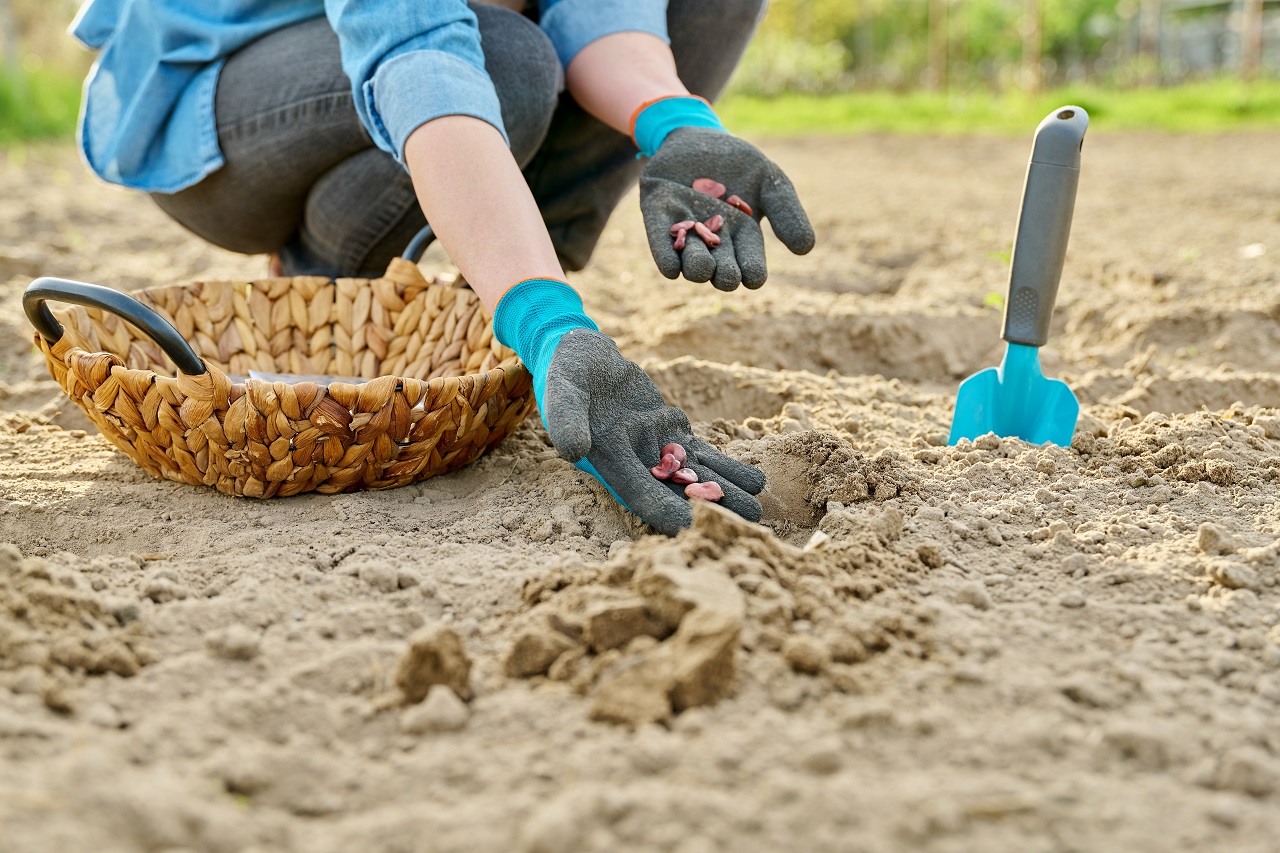Sand is more than just tiny grains beneath your feet at the beach—it’s a vital component in both construction and gardening that varies widely in type and function. As we delve into the world of sand, we will explore its many types and particular uses, transforming your understanding of this versatile material. Knowing the right kind of sand to use is crucial for enhancing the structural integrity of buildings and improving soil health in gardens.
In construction, sand plays an indispensable role in the mixture of concrete and mortar. It acts as a filler that binds with cement to strengthen the composite structures. For garden enthusiasts, sand is a miracle amendment for improving soil drainage and aeration, crucial for plant health. Our approach is to guide you through selecting the perfect type of sand for any project you might be considering.
Understanding the Different Types of Sand and Their Uses
Sand is a foundational element in both natural and human-made environments, influencing everything from the skyscrapers we build to the gardens we cultivate. There are various types of sand, each with unique properties and uses that make them suitable for different applications. For instance, river sand, with its smoother and more uniformly shaped grains, is ideal for concrete and plastering due to its ability to bind well with cement. Sharp sand, which has a more jagged shape, is perfect for landscaping and horticultural projects where drainage is crucial.
Beach sand, often found in abundant quantities, is typically avoided in construction due to its high salt content that can corrode metal and reduce the durability of concrete structures. In contrast, pit sand, sourced from land pits, is preferred for its coarser granules and higher silica content, making it a key ingredient in the construction of robust and stable foundations. Understanding these types and when to use them ensures that our projects are not only successful but also long-lasting.
Benefits of Sand in Construction Projects
The inclusion of sand in construction projects is not just about filling spaces between bricks or paving stones; it’s about enhancing the structural integrity and longevity of the buildings. Sand acts as a crucial aggregate that binds with cement and gravel to form concrete, offering stability and strength to various structures such as bridges, roads, and buildings. The elasticity of sand also helps concrete withstand contraction and expansion caused by temperature changes, preventing cracks and structural failure.
Moreover, sand plays a pivotal role in the installation of paving stones and tiles. It serves as a cushioning layer that only ensures a flat surface but also absorbs stresses, distributing them evenly and preventing the tiles from cracking under heavy pressure. Additionally, the use of sand in mortar provides a smooth and durable adhesive that not only holds bricks and blocks together but also repels water, minimizing degradation over time. By selecting the right type of sand for specific areas of construction, we enhance the overall safety and aesthetic appeal of our projects.
How to Incorporate Sand in Your Garden
Incorporating sand into your garden soil is a relatively simple yet powerful way to enhance plant health, especially in areas where the native soil is dense and lacks proper aeration and drainage. When mixed with garden soil, sand improves the soil structure, creating pathways that allow water and nutrients to penetrate more effectively and roots to breathe and grow stronger. To achieve these benefits, start by assessing the current composition of your garden soil to determine the exact amount of sand needed. A common approach is to add a 2-3 inch layer of coarse sand to the top 6-12 inches of your soil, working it in thoroughly to avoid creating distinct layers that can disrupt root growth.
It’s especially beneficial for plants that thrive in well-draining soil, such as succulents, many types of vegetables, and flowering plants that are prone to root rot. When applying sand in your garden, especially for potted plants, ensure that it is clean and free of salts that can harm plant growth. Mixing sand with compost or other organic matter can further enrich the soil, offering a nurturing environment for your plants to flourish.
Maintaining and Storing Sand for Long-Term Use
To maintain the quality of sand and ensure its effectiveness in various projects, proper storage and handling are crucial. If sand becomes contaminated with organic material, chemicals, or debris, its beneficial properties can be greatly compromised. We recommend storing sand in a dry, covered area where it is protected from the elements and potential contaminants. For large quantities, using a tarp to cover sand piles can prevent unwanted materials from mixing and keep the sand dry, which is essential for maintaining its structural integrity.
Regularly inspecting your sand supply for signs of moisture or contamination helps in taking timely actions to preserve its quality. Whether using sand for construction or gardening, maintaining its cleanliness and dryness plays a pivotal role in ensuring ongoing usability. Stay vigilant about the condition of your sand, even when stored long-term, to continue benefiting from its various uses without unexpected setbacks.
Wrapping Up
As we close this discussion on sand and its multifaceted roles in construction and gardening, we hope you have gained valuable insights into how this common yet critical material can be optimized. From selecting the right type for your needs to applying it correctly and maintaining its quality over time, each step is integral to harnessing the full potential of sand.
At Reliable Soil Co. Inc., one of the top soil suppliers, we are dedicated to providing you with high-quality materials for all your projects. To explore our range of sands and other landscaping products, visit us today and let us assist you in choosing the perfect solutions for your construction and gardening requirements.

